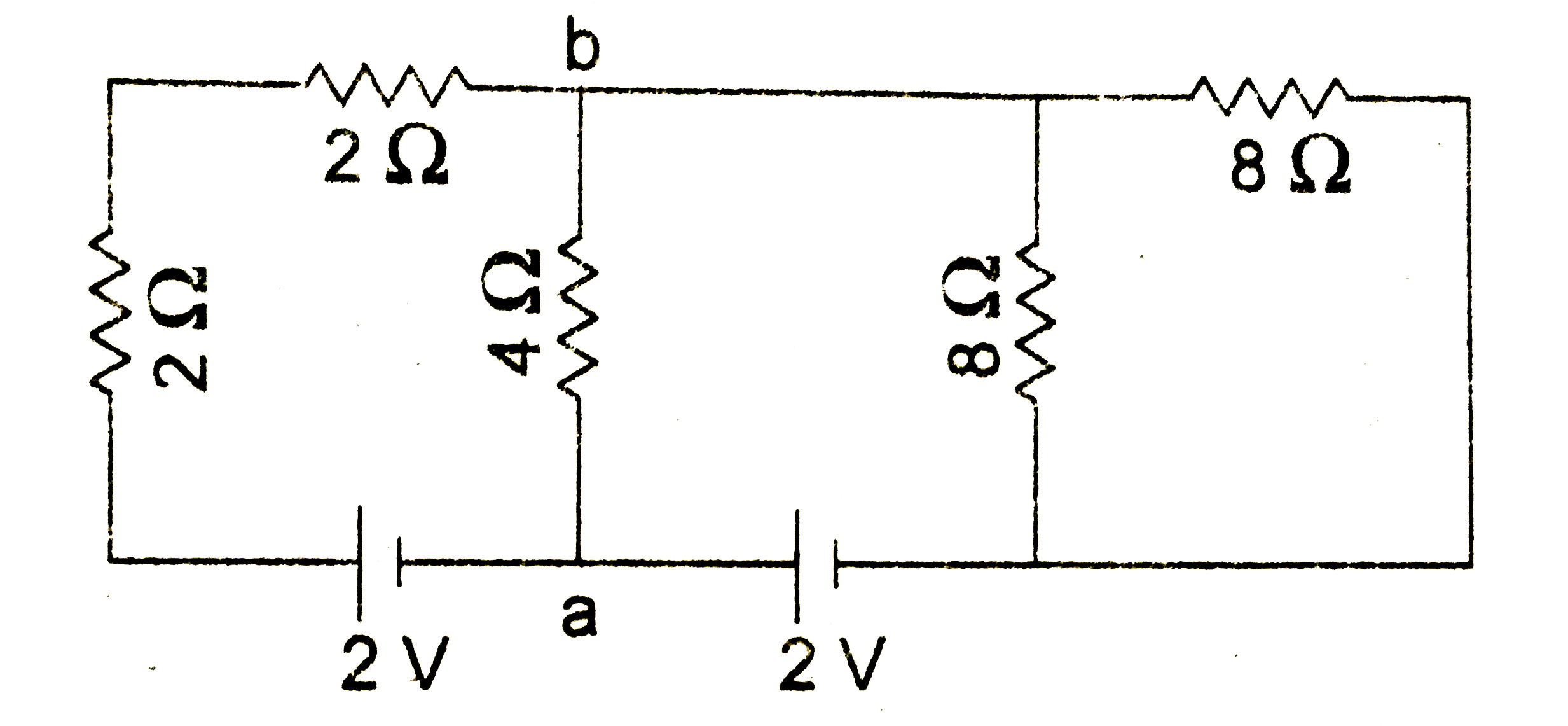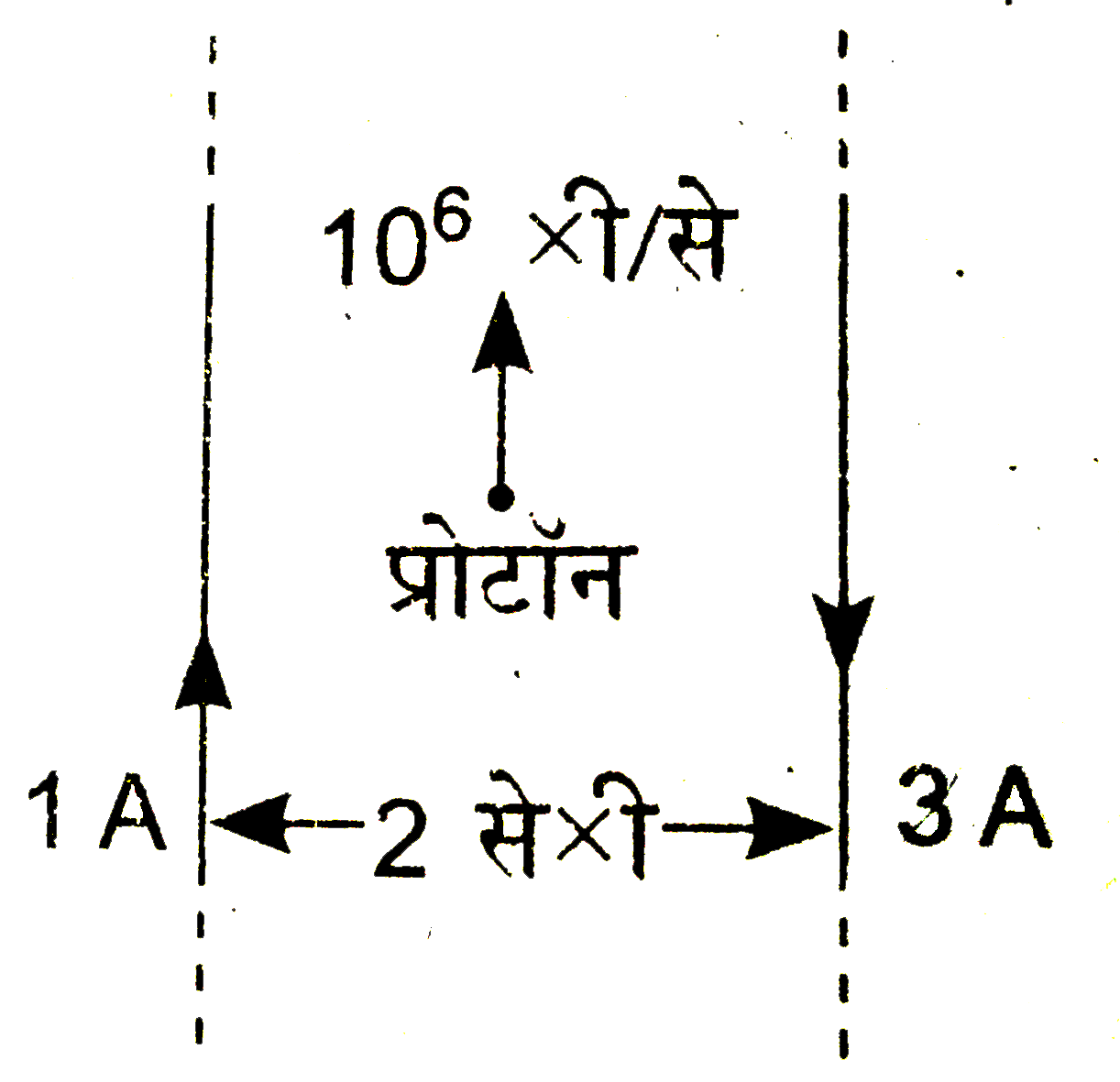Over the past 150 years dramatic failures have occurred, at surprisingly regular intervals, in the field of bridge building. In 1847, the first major structural failure on Britain's expanding railway network occurred at Chester, England. The Dee Bridge, whose cast-and wrought-iron design followed common practice for the period, collapsed under a passing train, killing everyone aboard. Subsequent investigation revealed that the structure, the longest of its kind, simply pushed the limits of railroad-bridge engineering too far.
In 1879, the longest bridge in the world spanned the River Tay at Dundee, Scotland. Composed of many modest spans, the structure involved no radically new design concepts and seemed to be a mere application or proven technology. However, the force of the wind was grossly underestimated and workmanship was inferior. As a result, the Tay Bridge, vulnerable in a gale, was blown off its supports.
In 1907, the longest span in the world was being constructed over the St. Lawrence .River near Quebec, Canada. The bridge was of a relatively new type, known as a cantilever, which had become quite fashionable. Although it was only sli ghtly lon ger than the highly successful cantilever bridge over the Forth River near Edinburgh, Scotland, the Quebec Bridge was so inadequately designed that it collapsed before it was completed. In 1940, the third longest suspension bridge in the world was opened in Washington State. The Tacoma Narrows Bridge was designed as state of the art, which included a strong aesthetic preference for slender structures. Within four months of its opening, the bridge was destroyed by winds in a manner totally unanticipated by its engineers.
In 1970, steel box-girder bridges in Milford Haven, Wales, and in . Melbourne, Australia, failed spontaneously while under construction. Both were among the longest structures of their kind and were thought to be just natural applications of existing technology. In 2000, the much-anticipated opening of London's Mi!lennium Bridge over the River Thames was followed only three days later by its closure. The sleek footbridge swayed unexpectedly and excessively under the feet of pedestrians, and it was deemed too dangerous to use. What should have been a mere extension of the millennia-old art of building pedestrian bridges, proved to be a modern engineering embarrassment?
The thirty-year interval between historic bridge failures was first highlighted by the work of Paul Sibly, who write a thesis on the subject, and his University of London advisor, (a)(c) Walker. They noted the cyclical regularity of such occurrences and speculated that it represented a gap in communications between generations of engineers. Although each of the notable failures involved a different type of bridge, in no case was the structure radically new. Each used technology that engineers had been confidently employing for bridges, and for which the assumed loads and methods of analysis were well established. In every case, engineers believed that they were just building incrementally on successful practice. In fact, designing in a climate of success can be dangerous for an engineer. Successful experience teaches us only that what has been accomplished in the past has worked. But things that work on a small scale do not necessarily work when slightly larger. This was known to Vitruvius, who wrote about Greek and Roman engineering more than 2,000 years ago. It was also known to Galileo, who noted that Renaissance engineers who followed successful methods of building ships and moving obelisks were often surprised by the spontaneous failures when tried with larger ships and obelisks.
Failures always reveal weaknesses and provide incontrovertible evidence ofour incomplete understanding of how thmgs work. When the failures described above occurred, engineers were sensitized to their own limitations and so approached subsequent designs- no matter of what kind of bridge-with renewed respect for the laws and forces ofnature. Unfortunately, human memory fades with time, and new generations of engneers with no vivid experience of past fai lures can proceed with hubns to design again beyond wise limits.
The history of engineering is no mere adjunct to technical know- how. A historical perspective on bridge building or any other engineering specialty provides a caveat about how our humanity affects our thinking. Building a new bridge following a familiar model can lead to complacency Building a novel bridge, especially in the wake of a spectacular failure, forces engineers to think from scratch and also to think more deeply and critically. Hence, the paradox that success leads to failure, and failure leads to success.
success. The cable-stayed bridge is a form that is currently being pushed to limits and beyond those originally imagined to apply to it. Widespread successes with cable-stayed structures have made the type almost commonplace. As such, its development into ever longer spans is following the historic pattern that in the . past has led to failures. Whether there will be a major cable- stayed bridge failure soon or around the year 2030 - will most likely depend not so much on computer analyses as on how well engineers know their history and are determined not to repeat it.
Saboteur
absorb
cotmnunication
ally
similar
The correct Answer is:C
Saboteur-destruction of someone else's property (such as tools or materials) in order to prevent them doing something. The word most opposite in meaning is ally.
Topper's Solved these Questions
Similar Questions
People have long circulated news via word-of-mouth, and as language evolved into writing and literacy - and governments played larger roles in people's lives - sharing information became a necessity. However, disseminating news and information on paper presented significant challenges. When each copy had to be handwritten, mass distribution was impossible. The invention of the printing press paved the way for "true" newspapers The first true newspapers arrived after Johannes Gutenberg introduced his movable type printing press to the European world around 1440. Though printing presses with movable type had existed in eastern Asia for around two centuries, they never made it to Europe, furthermore, Gutenberg's version made it significantly faster to mass produce documents.
By 1500, the printing press had made its way throughout Europe, and news sheets (or news books) were mass-distributed. The first weekly newspaper was published in Germany by Johann Carolus in 1604. Called Relation aller Fiirnemmen und gedenckwiirdigen Historien, the publication satisfied the four tenets of a "true" newspaper: Accessibility by the public. Published at a regular interval (daily, weekly, monthly, etc.). Information is current. Covers a variety of topics (politics, events, entertainment, sports, etc.) Despite meeting the requirements for a newspaper, there is some debate as to whether The Relation qualifies as the world's first newspaper since it was printed in quarto, not folio, size. It's worth noting the World Association of Newspapers considers The Relation the first true newspaper. Other German newspapers followed, and in 1618 the world's first broadsheet newspaper printed in folio size was published in Amsterdam, called Courante uyt Italien, Duytslandt, &c. The newspaper format soon spread throughout Europe, with newspapers published in Spain, France, and Sweden. The first English newspaper was published in 1665 in Oxford, England. Known as the Oxford Gazette, the newspaper moved to London in 1666 and was renamed the London Gazette. It's still being published today.
What did Language evolved into ?
View Solution"Most of time", strangers have helped me in critical situations.
View Solutionसंलग्न चित्र में प्रदर्शित परिपथ में व्हीटस्टोन सेतु में सन्धि B व D के बिच में विभवान्तर ज्ञात कीजिए ।

View Solutionदर्शाये गये चित्र में मीटर ब्रिज के तार की लम्बाई 100 सेमी हैं । जब AJ=60 सेमी, तो धारामापी में विक्षेप नहीं होता हैं । R का मान ज्ञात कीजिए ।
View Solutionकिसी वृत्ताकार धारावाही लूप के केन्द्र पर उत्पन्न चुम्बकीय क्षेत्र का मान तथा उसकी दिशा बताइए।
View Solutionकिसी लम्बी धारावाही परिनालिका के भीतर उसके अक्ष पर चुम्बकीय क्षेत्र का सूत्र लिखिए।
View Solutionचुम्बकीय क्षेत्र में रखे एक तार के लूप में से गुजरने वाला चुम्बकीय फ्लक्स निर्भर नहीं करता है -
View Solutionएक सीधे लम्बे तार से 2.0 सेमी दूरी पर चुम्बकीय क्षेत्र की तीव्रता 10−6 टेस्ला है। तार में वैधुत धारा ज्ञात कीजिए।
View Solutionप्रदत्त चित्र में दो लम्बे समान्तर धारावाही चालकों में 1 ऐम्पियर तथा 3 ऐम्पियर की धाराएँ एक-दूसरे के विपरीत दिशाओं में प्रवाहित हो रही है। तारों के बीच 2 सेमी की दूरी है। तारों के बीच ठीक मध्य-बिन्दु पर 106 मी/से की चाल से गतिमान प्रोटॉन पर कार्य करने वाले बल का मान तथा दिशा ज्ञात कीजिए।

View Solutionदो लम्बे सीधे तार परस्पर 75 सेमी की दूरी पर है। इनमें 5.0 ऐम्पियर की धारा समान दिशा में प्रवाहित हो रही है। एक तार में धारा समान दिशा में प्रवाहित हो रही है। एक तार के कारण दूसरे तार पर उत्पन्न चुम्बकीय क्षेत्र की गणना कीजिए। दूसरे तार के 3 मीटर लम्बाई पर लगने वाले बल का मान ज्ञात कीजिए।
View Solution0.40 टेस्ला के चुम्बकीय क्षेत्र के अंतर्गत एक कण 1.0 सेमी व्यास के वृत्त में गति करता है। यह पथ 200 V/m के वैधुत क्षेत्र से सरल रेखीय हो जाता है। इस कण आवेश/द्रव्यमान अनुपात का मान ज्ञात कीजिए ।
View Solutionएक चुम्बक की अक्षीय स्थिति में 10 सेमी दूरी पर चुम्बकीय क्षेत्र की तीव्रता 2.0×10−4 टेस्ला है। चुम्बक का चुंबकीय आघूर्ण तथा उसकी निरक्षीय स्थिति में 20 सेमी की दूरी पर चुम्बकीय क्षेत्र की तीव्रता की गणना कीजिए।
View Solutionकच्चे लोहे एवं स्टील के चुम्बकीय गुणों में मुख्य अन्तर लिखिए |
View Solutionकिसी स्थान पर पृथ्वी के चुम्बकीय क्षेत्र के क्षैतिज तथा ऊर्ध्वाधर घटक बराबर है | उस स्थान पर नति कोण का मान होगा -
View Solutionकिसी स्थान पर पृथ्वी के चुम्बकीय क्षेत्र के क्षैतिज तथा ऊर्ध्वाधर घटक बराबर है | उस स्थान पर नति कोण क्या होगा ?
View Solutionएक स्कूटर का पहले 1 किमी का निश्चित किराया है तथा इसके बाद के प्रत्येक किमी के लिये कुछ कम किराया हैं। यदि एक दिन आलिया 5 किमी के ₹24 तथा किसी अन्य दिन के लिये 8 किमी के ₹35.40 का भुगतान करती है तो पहले क्रिमी तया इसके बाद के प्रत्येक किमी का किराया ज्ञात कीजिए।
View Solution
